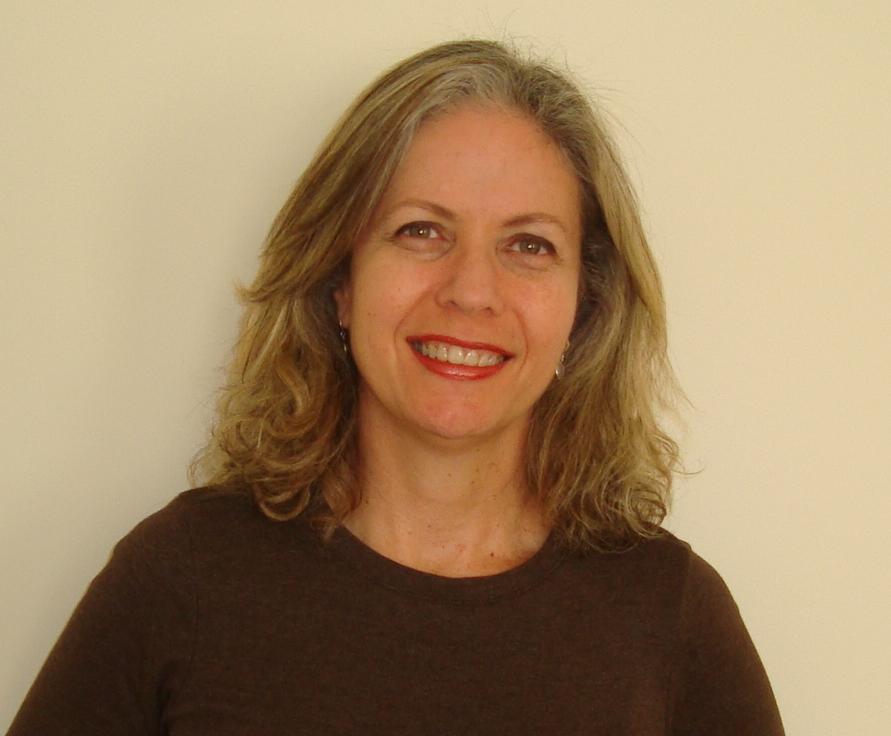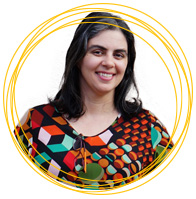by Carla Coscarelli, Universidade Federal de Minas Gerais & Ana Elisa Ribeiro, Centro Federal de Educação Tecnológica de Minas Gerais, Brazil.
Since at least the 1980s, Brazil has been building a series of documents that regulate, reorganize and deliberate about education and elementary school curriculum as well as contemplate abilities and competences that need to be developed in learning and teaching environments. The most recent and important document is the Base National Common Curricular (BNCC), approved in 2018, which deals with primary and secondary education, namely the education of children and teenagers up to 18 years old. Digital and media literacy is one of the most relevant and constant aspects which BNCC touches, and that should produce effects both for initial teacher training and for the production of pedagogic materials and school curricula throughout the country.
Competencies, skills, and multiliteracy
According to the BNCC, skills related to digital and media literacies should be treated as a commitment from different areas, meaning that it should be taken as a cross-curricular subject. Thus, teachers from different contents are urged to work on different aspects related to browsing, understanding and producing texts in different media and modalities, such as audios (podcast), websites, social networks, videos (films and animations), games, among others. One of the most important concepts in this document is the multiliteracies idea proposed by several researchers and professors in the United States in the 1990s. This concept spread out in Brazil in the 2000s, and became hegemonic in official documents. The concepts of digital literacy and media education have also been contemplated, although actual pedagogic practices are still far from what is recommended in official documents.
For decades, dealing with digital technologies has required investment in teacher training in order for teachers to use them for educational purposes. Besides that, it demands the adoption of a less content-oriented and teacher-centered learning concept. This means that it is crucial to adopt an approach of education that is student-centered, based on projects, in situations of individual and collective construction of knowledge, and in product creation and development. Therefore, it is also very important that young people learn to deal with reading/understanding/integrating texts in multiple sources and in different modalities, which requires a critical approach to knowledge construction. Promoting the autonomy and the encouragement of authors/text producers in various modalities and digital media, would be a result of this kind of approach, still quite incipient in this country, both due to the lack of the valorization of initial and continued teacher training, and the precariousness of the equipment and their maintenance in schools, specially in public schools, that represent the majority of the school system in Brazil.
Pandemics
During the Covid-19 pandemics, the social difference between Brazilians became even clearer. This difference has effects on the distribution of the population across different school networks and their inequality in terms of access to digital technologies and their use for educational purposes. Roughly speaking, Brazil has two large education networks: the private, which serves the most privileged layers of society, and the public, which serves the majority of the population, including, and especially, the most vulnerable. Although neither public nor private school teachers were prepared for working with emergency online teaching (known in Brazil as Emergency Remote Education), – which was compulsory in most schools during social distancing – private school teachers could count on a better infrastructure, both in their institutions and in most students’ homes. In the public network, online school activities started slowly and, in many cases, did not even happen, since many of the students and their families did not have equipment or access to the internet, and they also did not have a minimum technological structure in their school buildings.
This experience made us, in a certain way, more aware of our unreadiness for a more contemporary education (hypertextual, multimedia, multimodal and interactive). The technologies and equipment that can be considered basic for the training of Brazilian citizens have not yet reached the vast majority of the population. In practice, we still do not have a conception of education that incorporates the critical use of digital technologies for study, work and citizenship. We also have not achieved a teacher training level that broadly contemplates digital and media literacy, which leads us to the risk of offering an anachronistic education, which unfortunately does not prepare people for the contemporary world.
Designing futures
In our point of view, a responsible and conscious contemporary education cannot be possible without some elements, such as:
- Equipping schools and the school community with computers and quality internet access, in order to create a critical learning environment, and in similar conditions to those we find in the social and professional situations;
- Organizing educational curricula that include browsing/search, understanding, evaluating and criticizing texts presented in different media and modality, as well as producing content individually and also collaboratively, as well as sharing those productions;
- Training teachers to deal with current text designs and modalities; text, audios and video editors, as well as to be able to incorporate content and resources available on the internet in their pedagogical practices, in a significative and meaningful way for them and their students;
- Creating and equipping public libraries, including school libraries, and training human resources as information educators capable to exploit different media (printed and digital).
Those actions cannot be taken isolated from others. They require a broad and robust education project that is attentive to critical points and idiosyncrasies of the country, its regions and social strata. It takes a government that is sensitive to these issues, which we know are structural and complex, but which also can no longer wait for a solution that reaches everyone involved in them.

Authors
Carla Coscarelli, Professor, Universidade Federal de Minas Gerais, Brazil.

Ana Elisa Ribeiro, Professor, Centro Federal de Educação Tecnológica de Minas Gerais, Brazil.














